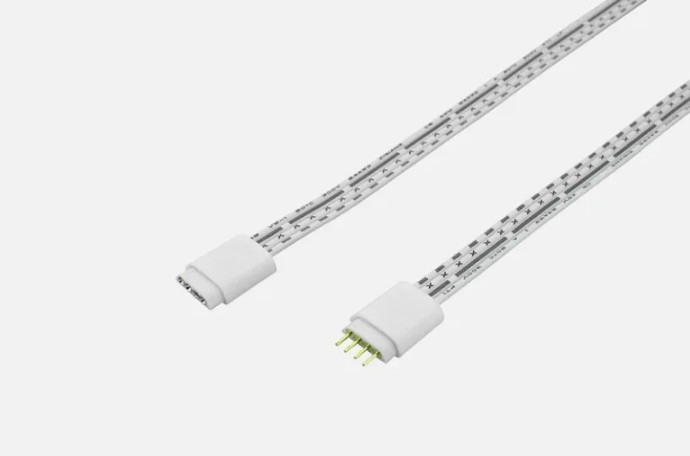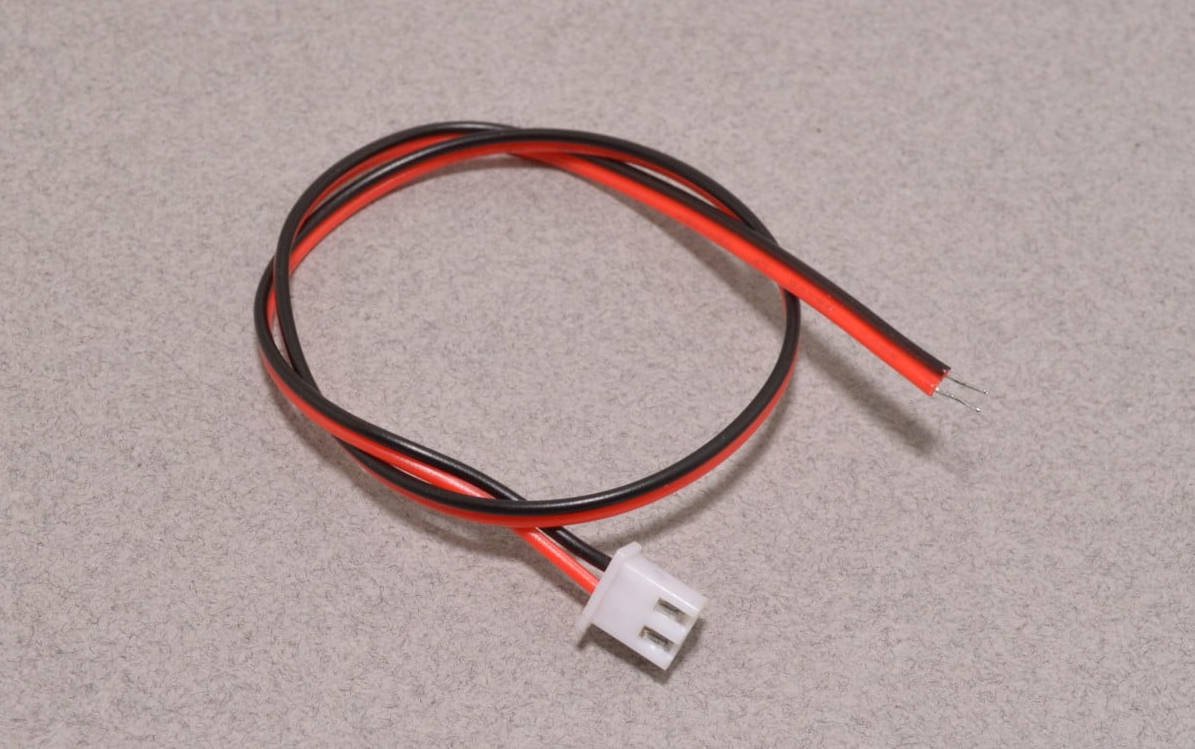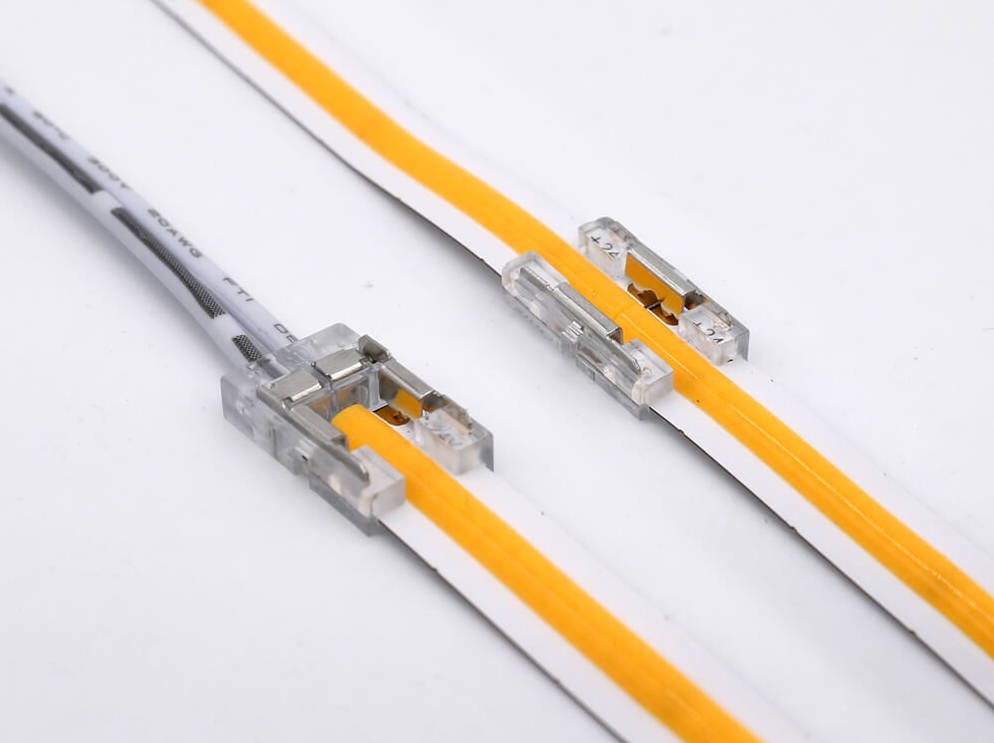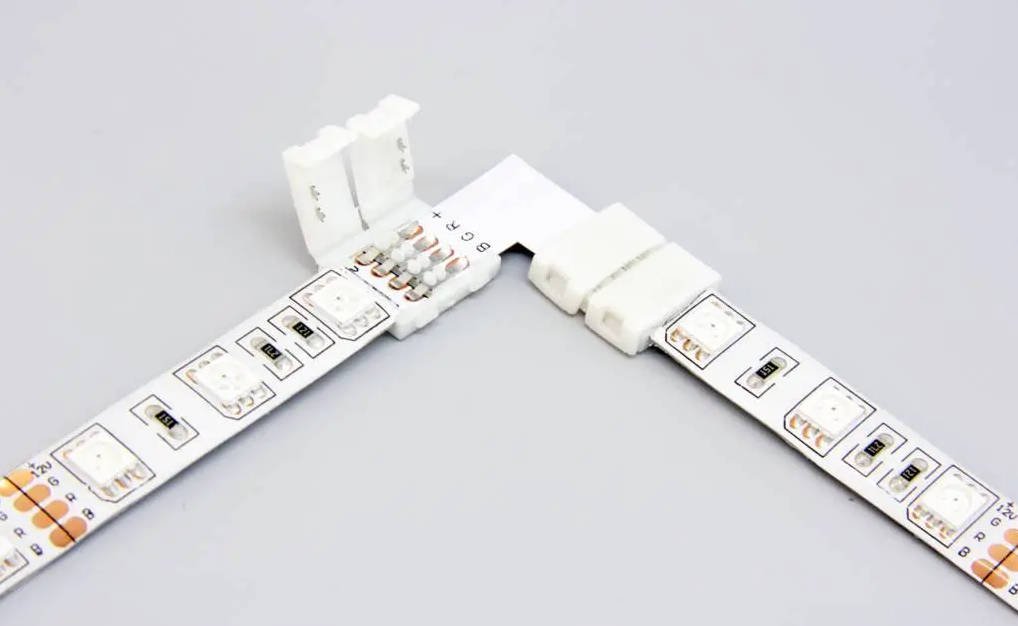Introduction
LED strip connectors play a crucial role in LED lighting installations, allowing users to connect LED strips securely and efficiently. However, users may encounter various issues when working with LED strip connectors. This article aims to identify common problems and provide practical solutions to help users overcome these challenges.
Understanding LED Strip Connectors
LED strip connectors are essential components that enable the connection of LED strips to power sources, controllers, and other LED strips. They come in different types, such as solderless connectors and wire connectors, each designed to suit specific LED strip configurations. Choosing the right LED Strip Connector is crucial for ensuring optimal performance and compatibility with your LED strips.

Common Issues with LED Strip Connectors
1. Poor Connection
One of the most common issues with LED strip connectors is a poor connection. This can lead to flickering lights or even complete failure of the LED strip. Misalignment of the connector or dirty contact points can cause this problem.
2. Compatibility Problems
Different types of LED strips, such as single color, RGB, and RGBW, require specific connectors. Using incompatible connectors can result in various issues, including improper functioning or even damage to the LED strips or connectors.
3. Overheating
Overheating is another concern when using LED strip connectors. Signs of overheating include discoloration or melting of the connector. This issue can be caused by overcurrent or the use of low-quality connectors.
4. Difficulty in Installation
Installing LED strip connectors can be challenging, especially in tight spaces or complex configurations. Users may also find soldering connectors to be a frustrating task.
5. Water Damage
Using non-waterproof connectors in wet environments can lead to water damage. Symptoms of water damage include corrosion and short circuits. It is crucial to use waterproof connectors in outdoor or humid settings.
How to Resolve Common Issues
1. Ensuring a Secure Connection
To ensure a secure connection, it is essential to properly align and insert the LED Strip Connector. Additionally, cleaning the contact points before connecting the LED strips can help prevent poor connections.
2. Choosing Compatible Connectors
When selecting LED Strip Connectors, it is crucial to choose ones that are compatible with your LED strips. Refer to the LED strip specifications and choose connectors accordingly. Reliable LED Strip Connector suppliers and manufacturers can provide guidance on selecting the right connectors for your needs.
3. Preventing Overheating
To prevent overheating, always check the current ratings of your LED strips and connectors. Use connectors made with heat-resistant materials to minimize the risk of overheating.
4. Simplifying Installation
Look for user-friendly LED Strip Connectors that are easy to install, even for beginners. Some connectors come with step-by-step installation guides to help users navigate the process smoothly.
5. Protecting Against Water Damage
In environments prone to moisture, use waterproof LED Strip Connectors. Ensure that the connections are properly sealed to prevent water ingress and damage.
Additional Tips for Users
Regular maintenance checks for LED Strip Connectors can help identify and address issues before they escalate. Always follow the manufacturer’s guidelines for installation and maintenance to ensure optimal performance and safety.
Conclusion
LED Strip Connectors are essential components for LED lighting installations, but they can present various challenges. By understanding common issues and implementing practical solutions, users can ensure secure connections, compatibility, and reliable performance. When choosing LED Strip Connectors, it is advisable to work with reputable LED Strip Connector suppliers and manufacturers to ensure quality products and support.



